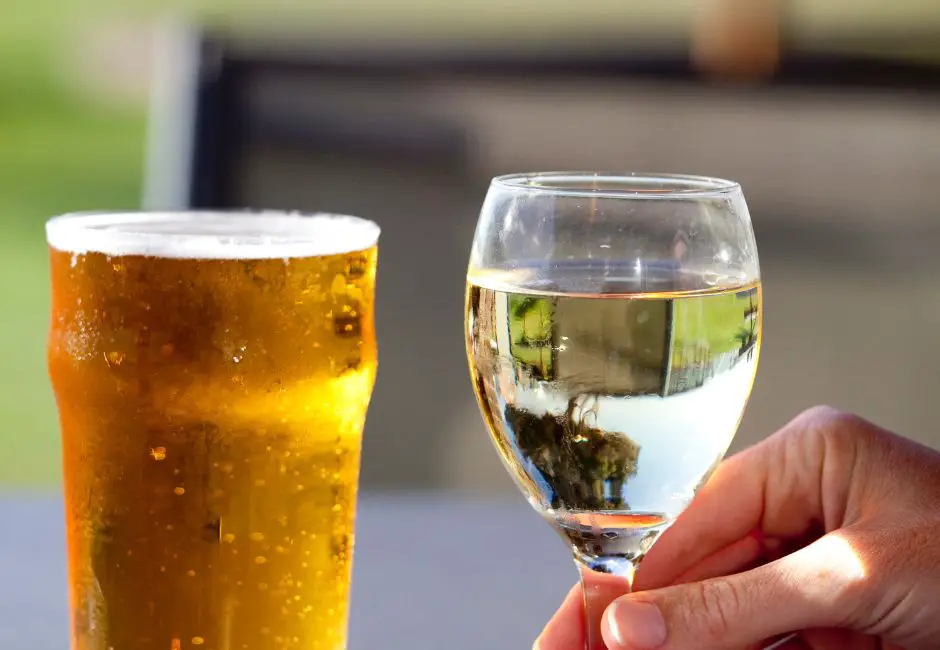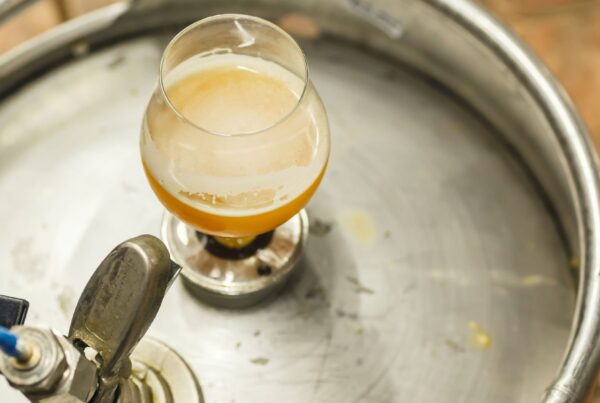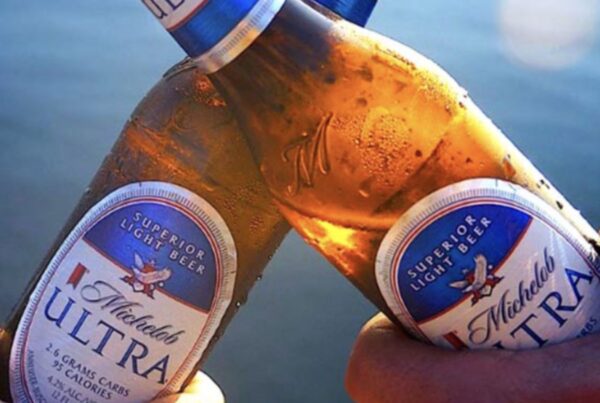As an esteemed connoisseur of that frothy, bubbly, golden nectar we call beer, you probably already know that malt, hops, and yeast all contribute to its flavor. But did you know that there’s a secret, seemingly very uninteresting ingredient that also plays a critical role in shaping the taste of a beer?
It’s called water—that’s right, the same stuff you use to quench your thirst, make coffee, and, on some occasions wash yourself—and it can make or break a brewski.
The Importance of Water in Beer & Brewing
Let’s get technical:
Water, also known by its scientific name, H2O, is the primary ingredient of all beer—making up roughly 90 – 95% of it. So naturally, it’s pretty important.
Water sourced from different regions contains varying minerals and impurities—each playing their own role in shaping the final product.
For example:
- The soft water of Pilsen in the Czech Republic contains unusually low mineral content, giving birth to the crisp, refreshing pilsners that pair so well with light meals, sunshine, and regrettable life decisions.
- The water in Ireland is very hard, and Dublin’s water supply is especially famous for its high mineral content. This exceptionally hard water, rich in calcium carbonate, is perfect for brewing dark, opaque, smooth stouts like a certain, unnamed, Irish ale that rhymes with Guinness.
Homebrewing: How pH and Minerals in Water Affect the Taste of Beer
Minerals like calcium, magnesium, and sulfates found in brewing water can influence the final beer’s taste, mouthfeel, and overall drinkability:
- Calcium can enhance the clarity and stability of your brew while also subtly influencing the flavor.
- Magnesium, though required in smaller quantities, can provide a bitter, somewhat astringent note if it overstays its welcome.
- Sulfates can accentuate hop bitterness, providing a sharper kick to your IPA.
For you homebrewers out there, pH plays a crucial role in determining the final outcome of your beer. Striking the perfect pH balance in both water and wort ensures optimal enzyme activity, enhances hop extraction, and ultimately leads to a more stable and enjoyable brew.
Now, you might think you can just toss any old drinking water into your home beer brewing setup and call it a day. Well, actually you can, but to ensure your homebrew is a success, it’s better to be aware of the properties of the H2O you’re using.
This is why many brewers start out with a clean slate—reverse osmosis filtered water or distilled water—manually adding minerals to create a profile that suits their “goal” beer style. This process is so simple it shouldn’t really require a name, but there are a couple names for it anyway: water treatment or water adjustment.
How Important is it to Get Water “Exactly” Right?
And it’s here that it’s important to add this note: While the stories of many famous beers are inextricably linked to the H2O from their respective cities or regions, don’t go thinking that brewers in those regions haven’t been tinkering with their water for centuries.
In other words, over the years, brewers in Pilsen have added salts/minerals, and brewers in Dublin have experimented with reducing the hardness of their local water in various ways.
The point is, don’t feel like you absolutely have to nail the exact water profile of Leinster Province in hopes of brewing the ultimate stout—unless you just want the bragging rights/cool points, in which case do so by all means!
Sure, that profile might guide you in the general direction, like a tipsy friend who can’t remember where they parked their Altima (Hint: They took an Uber) but it’s not necessarily going to be the exact makeup of the water used by St. James’s Gate Brewery.
Final Thoughts
Remember that the secret to a great brew isn’t always having more complicated processes, fancier equipment, or exotic ingredients. Just as it’s often the simple things in life that bring the most pleasure, more often than not, it’s the basic, simple components in beer that make the most difference: Malt, hops, yeast, and water.
Now that you know all about beer’s watery secrets and have a newfound respect for the aqueous wonders lurking within each and every pint—it’s time to actually drink some beer! Check out Hops Hunters’ best beer review site for inspiration!






